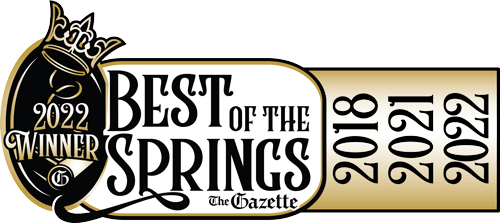According to The National Institute for Occupational Safety and Health (NIOSH), occupational hearing loss is one of the most common work-related illnesses in the United States. Approximately 22 million U.S. workers are exposed to hazardous noise levels at work, and an additional 9 million are exposed to chemicals that can damage hearing or balance functions of the ear. An estimated $242 million is spent annually in the U.S. on worker’s compensation for hearing loss disability.
Occupational hearing loss can occur in many ways, but it’s often gradual and occurs over time. In fact, NIOSH reports the following: “Although a traumatic noise exposure may cause an immediate hearing loss in some cases, most occupational hearing losses occur so gradually that workers are unaware they are losing their hearing. The rate of hearing loss growth is greatest during the first 10 years of exposure. This means hearing loss prevention is especially important for new workers. However, with continued exposure, the hearing loss spreads into those frequencies most needed to understand speech. This means that preventing occupational hearing loss is also important for workers in their mid and late careers.”
NIOSH has established recommended exposure limits (RELs) to protect workers from the harmful effects of exposure to known hazardous substances, including those that cause hearing loss, and specifies a maximum allowable daily noise dose to protect their hearing.
“Occupational hearing loss is a worldwide problem, in both developed and developing countries,” said Susan Ripple, CIH® and Chair of ABIH®. “Noise-induced hearing loss (NIHL) is entirely preventable and helping to protect workers’ hearing from this and chemicals that damage the ear are thousands of dedicated professionals known as Certified Industrial Hygienists. CIHs are uniquely qualified to monitor exposure and to educate workers to prevent occupational hearing loss. Their knowledge of noise and hearing loss prevention, health risk analysis and hazard communication, work environments and industrial processes, engineering controls and ventilation, air sampling and instrumentational analysis, chemical hazards and other core competencies inherent in the industrial hygiene profession are instrumental for protecting the hearing of workers.”



